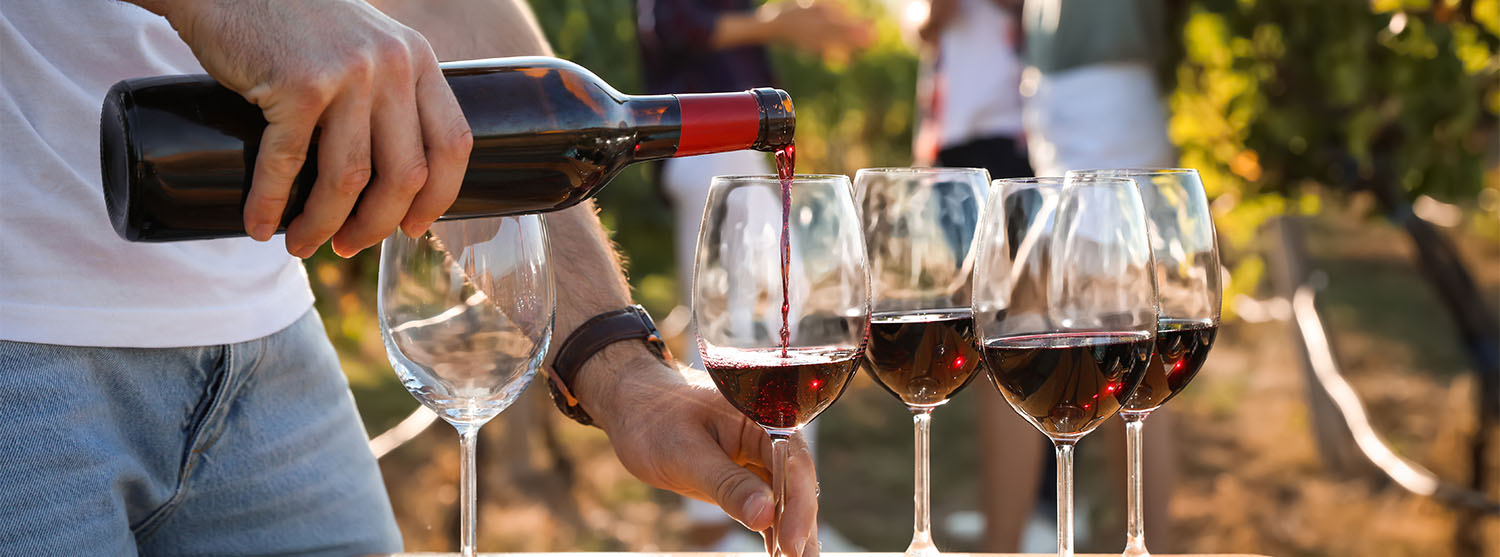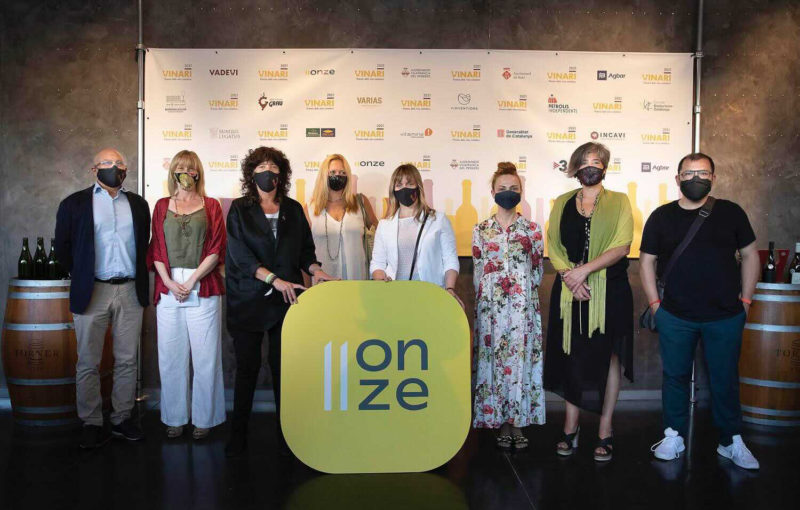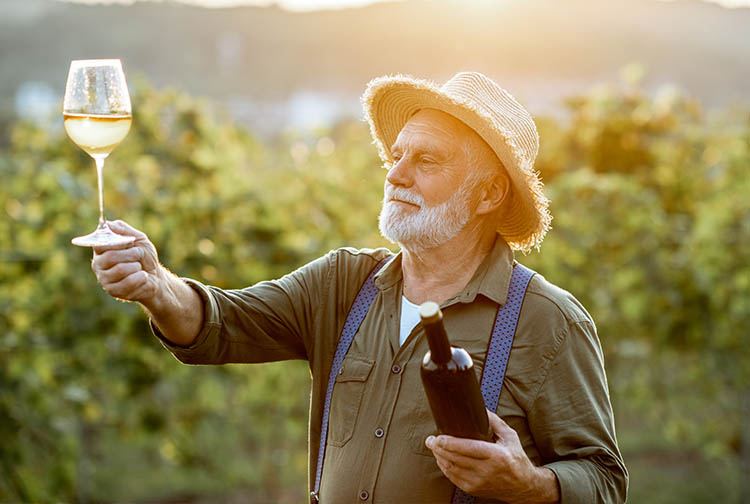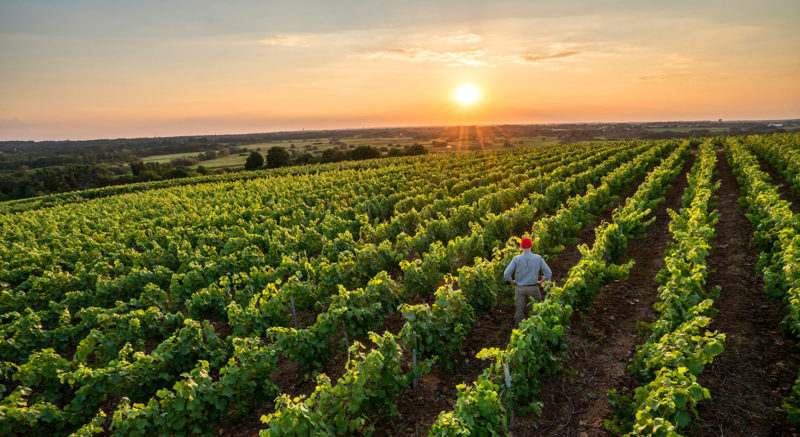

Wine tourism resists the pandemic
In these turbulent and difficult times for the tourism sector, it seems that there is an area that resists and maintains a high level of activity: wine tourism, or visits to wine environments. What opportunities does this type of tourism offer to a sector currently below minimums due to the pandemic?
Tourism that adapts to the new normal
It has been more than a year since the fateful March 2020, but tourism figures in Catalonia are still well below what used to be normal. These harmful effects are not only due to the restrictions imposed by governments: many people, whether local or foreign, have changed their habits and prefer to avoid visiting crowded or claustrophobic places.
Obviously, this point has harmed establishments in many parts of the Catalan geography that had specialized in this type of mass tourism. But, at the same time, and against all odds, it seems that it is increasing visits to wineries of our country.
This is an activity away from mass tourism and with many facilities for the visitor, who can spend a quiet time away from the stress of the city, and enjoy the gastronomic wonders that are offered. This favours the maintenance of social distance, which, together with the absence of overcrowding, provides a greater sense of security to visitors.
What interest does it have for tourists?
From the customer’s point of view, wine tourism offers many advantages over other types of tourism. For starters, Catalonia is a very rich country in wineries: there are many denominations of origin (Penedès, Priorat, Empordà…), all of them well distributed throughout the territory, so any Catalan has multiple wineries near their home that they can visit, either in a short getaway or for a few days.
The other key feature is its versatility. Wine tourism is not only visiting wineries. It also allows you to live other experiences such as wine tasting, visiting local museums, enjoying gastronomy, or simply taking the opportunity to visit the towns in the area, in a much more relaxed atmosphere than in large cities.
All this has allowed wine tourism to grow remarkably, and statistics confirm that more and more young and middle-aged people are interested in visiting wineries in their area. Today almost 20% of the visitors are less than thirty-five years of age, and more than 32% are between 35 and 45 years old, a trend that is increasing year after year.
What does it mean for wineries?
As for the wineries, the fact of promoting themselves as a wine tourism proposal provides them with many benefits, starting with the income. During the first months of the pandemic, wine consumption fell almost 15%, which caused great financial problems for many small wine companies, many of them family-owned, which could not guarantee the payment of debts.
The rise of rural tourism, and by extension wine tourism, has been a great help to the sector. It has opened a new line of income thanks to visitors, who in general tend to have a higher purchasing power than in other tourist activities.
This avalanche of visitors indirectly helps the food sector too, as many of these wine tourists take the opportunity to live gastronomic experiences focused on local products.
Future perspectives and recommendations
Despite the advantages and synergies it provides, we must also see a negative point: so far, the full potential of wine tourism has not been exploited. We still have few visitors to our wineries, in relation to other countries in our area with a wine-making tradition, such as France or Italy. While these countries have between 15 and 10 million oenological tourists each year, the latest estimates say that in Catalonia we do not exceed one million. In Spain, there is a similar situation: just over 3 million visitors.
The advantages of wine tourism, as described, are an important potential for our wine companies and, therefore, the future of the sector must consider this activity and contribute to its promotion and popularization. This type of tourism, with a lot less seasonality (its peak is usually in the autumn and spring), can also help regulate tourism in our country, mostly sun and beach tourism concentrated in the summer period.
The recommendation for this summer is to visit a winery in our territory, in an original and enriching experience where you can enjoy nature and the surrounding environment. Catalonia has a wide range of wineries. However, if you do not know which to choose, we recommend one of the winners of this year’s Vinari Awards, such spending a few days at the BUIL&gINÉ Hotel (DOQ Priorat) awarded as the best wine tourism accommodation; spending a few hours at the Celler Llopart (Corpinnat-Penedès) awarded for the best proposal for “Live the harvest of 1887”; or pairing wine and food at the Garden Restaurant El Cellaret of the Família Torres winery (DO Penedès).
Do you want to be the first to receive the latest news about 11Onze? Click here to subscribe to our Telegram channel





M’agrada l’enoturisme.
Sí, molt interessant, només hem de vigilar a no beure més del compte… Moltes gràcies pel teu comentari, Pere!!!
👍
Gràcies, Joan! Ens veiem per La Plaça!
Bona idea , per recomana també Cavas Nadal com llopart
En prenem nota Ricard, moltes gràcies 😀
Bo 👍
Gràcies, Josep!
És molt interesant quan vas a unes caves i t’ensenyen tot els procés de com ho fan sigui vi o cava.
Totalment, descobrir el procés i l’entorn d’on prové és tota una experiència. I si a més ajuda als cellers a sobreviure, encara millor!
Gràcies per l’informació
No es mereixen, Alícia…! N’hi haurà més!